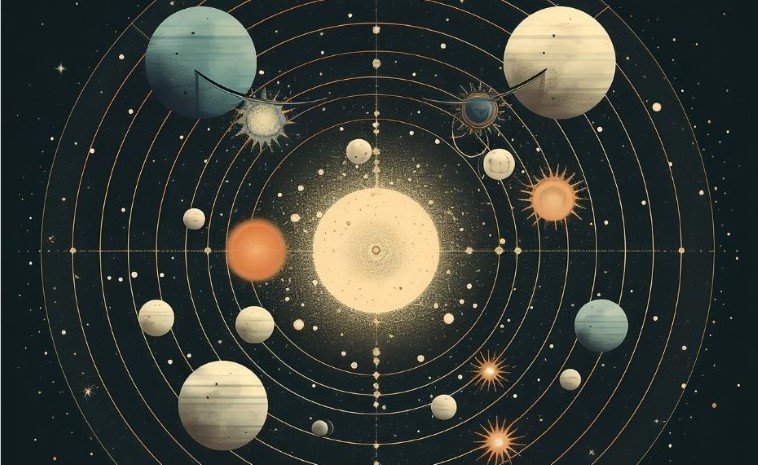Is planetary alignment possible?

Did you know that some people have a great fear of planetary alignment? Some, on the other hand, just like to scare others with news of such possible occurrences. Do you find yourself wondering about this too? If so, let’s dig into the science of this phenomenon.
So, it’s about the fact that the planets of the solar system can supposedly align in one line so that they stand one behind the other, their gravity adds up and then this enormous force does some damage on a planetary scale, at least some might think so.
Let’s say right away: such an alignment in which all the planets are exactly behind each other in a straight line is simply not possible, but also because the planets around the Sun move in their own orbits, each of which is inclined at a different angle in relation to the Sun’s equator and to everything else.
They are simply not in the same plane, and even if the planets were aligned along one axis, they would be at different heights.

But let’s allow some tolerance, ie. that the planets do not have to line up exactly in a perfectly straight line. How much this tolerance is, that is, how close the planets should be to each other in order to be considered aligned – is not clearly defined.
Also to be clear – the planets are very far apart from each other despite this alignment. So, they can be seen from Earth in the same part of the sky, they can even coincide, but they are still millions, even billions of kilometers away from each other.
Let’s assume that by alignment we mean planets that are (as seen from Earth) no more than 3.6 degrees apart – which is one-hundredth of a full circle.
Amateur astronomer Jean Meeus calculated that the three planets closest to the Sun line up within that 3.6 degree circle on average every 39.6 years!
But those are only three planets. To align more of them takes more time, so to align all eight planets within a 3.6 degree circle takes a total of 396 billion years! Wow!
This means that such an alignment has never happened and will never happen because the entire solar system doesn’t even exist for that long. The solar system was formed 4.6 billion years ago and will be around that much or a little more than that starting today.
If you want a closer alignment of all the planets, an alignment within a smaller circle, within one degree of the sky, you should wait longer. It happens on average every 13.4 trillion years!
Given that the universe is 13.8 billion years old, and the solar system is 4.6 billion years old, the probability that such an alignment ever happened is imperceptibly greater than zero.
With the greater width of the circle in which all the planets can be placed, the possibility of alignment is of course greater.
But what is important in all of this is that any planetary alignment to happen, even one that takes trillions of years – has absolutely no significance or impact on events on Earth. The change in gravitational force that the planets would experience is in theory of no huge impact.
However, one striking effect would appear: an opportunity to take amazing photographs of the night sky!

